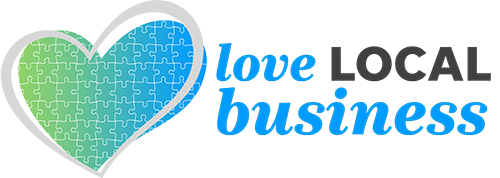
There's a warning for Warning for 9.7m customers of high street banks including Santander, HSBC, Nationwide, Lloyd, Halifax, NatWest and Barclays about sky-high interest rates on overdraft.
Many high street banks are charging daily interest rates of between 35% and 49.9%. Research by TotallyMoney shows that 1 in 5 people (19%) are overdrawn by £709 each day, with total overdraft borrowing around £5billion.
TotallyMoney has looked at overdrafts from some of the most popular high street banks and and found that some banks are charging customers almost 50% interest on their borrowing.
They found that for the average overdrawn balance, somebody paying interest at a typical rate of 39.9% APR could find themselves paying £283 in interest each year.
The average interest rate on credit cards is currently 21.85%, while the effective rate on new personal loans is 8.79% — highlighting that there are cheaper options available.
Meanwhile, 0% money transfer and purchase cards mean customers can borrow without paying any interest at all.
Applying for an overdraft will usually require a credit check and will show up on a customer's credit report. However, only Lloyds, Halifax, Monzo and Starling offer cheaper rates to customers with better credit scores. The table below highlights the APRs offered by some of the UK’s biggest banks.

Alastair Douglas, CEO of TotallyMoney, says: “For some, overdrafts are a ghost debt. Customers often treat as an extension of their current account, there’s no separate card, bank, or app — and the interest charges can get lost among their account transactions.
“Some might have forgotten they ever applied for their overdraft, while others won’t be aware of the interest rates being charged."
It’s important to remember that an overdraft is debt — in the same way that a credit card, loan, or buy now pay later agreement is.
Recommended reading:
- Martin Lewis: Biggest factor to change mortgage rates
- Nationwide scam warning issued by bank's head of fraud
- DWP State Pension age will have to rise to 71 says report
"And this is especially true if it feels like you’re spending most of the month sitting in the red," says Alastair. "That’s because overdrafts are often one of the most expensive ways to borrow, with cheaper options often available.
“If you have savings, then consider using the money to clear your balance. By not paying interest to the bank, you should be able to save more in the long run. You could also shop around for a bank who offers an interest-free overdraft — just remember that you’ll need to pass a credit check first, so check your report first to make sure everything is correct and up to date.”
Alternative overdraft options, with better interest rates
Aaron Peake, Personal Finance Expert at credit score app, CredAbility shares three alternative overdraft options:
- A zero per cent money transfer card
“A money transfer card works like a balance transfer card but with more flexibility. If you're approved, you can move money directly to your bank account to pay off your overdraft. Many cards offer up to 12 months interest-free, giving you time to clear your debt. Just keep in mind that there’s usually a transfer fee, and you'll need to meet certain eligibility requirements. Make sure to clear the balance before the interest-free period ends to avoid high-interest charges.”
2. a zero per cent purchase credit card
“Some cards offer up to 23 months interest-free, allowing you to avoid using your current account while paying off your overdraft. This gives you time to focus on clearing your debt without worrying about extra charges. Make sure to pay off the balance before the interest-free period ends, or you could end up paying a lot more in interest later.”
3. a low-cost loan
“If you’ve got a good credit score and a decent overdraft limit, a personal loan might be a better option. With an interest rate under 10%, it might be cheaper than your overdraft. Plus, you could use it to consolidate other debts. Do the maths first and make sure you’re confident you can manage the repayments.”
Andrew Hagger, Personal Finance Expert at Moneycomms.co.uk adds: “Authorised overdraft rates look way out of kilter, with the cost now almost double that charged on many credit cards.
"Paying from 35% to nearly 50% for an overdraft seems unfair as rates at this level usually associated with borrowers who have previous credit issues and are classified by banks as ‘sub-prime’. "
If you’re only borrowing for the odd day here and there it’s less of an issue, however if you’re in the red for a couple of weeks or more each month these rates might only make your financial position worse.
Andrew adds: “My tip is to ditch your high-cost overdraft and use a credit card instead — it’s a far more cost-effective way of managing your cash flow, even more so if you’re able to clear your statement balance in full each month. It’s easy to fall into the habit of relying on your overdraft month after month and the eye watering interest rate could soon make a bad situation far more serious.”



Comments: Our rules
We want our comments to be a lively and valuable part of our community - a place where readers can debate and engage with the most important local issues. The ability to comment on our stories is a privilege, not a right, however, and that privilege may be withdrawn if it is abused or misused.
Please report any comments that break our rules.
Read the rules here